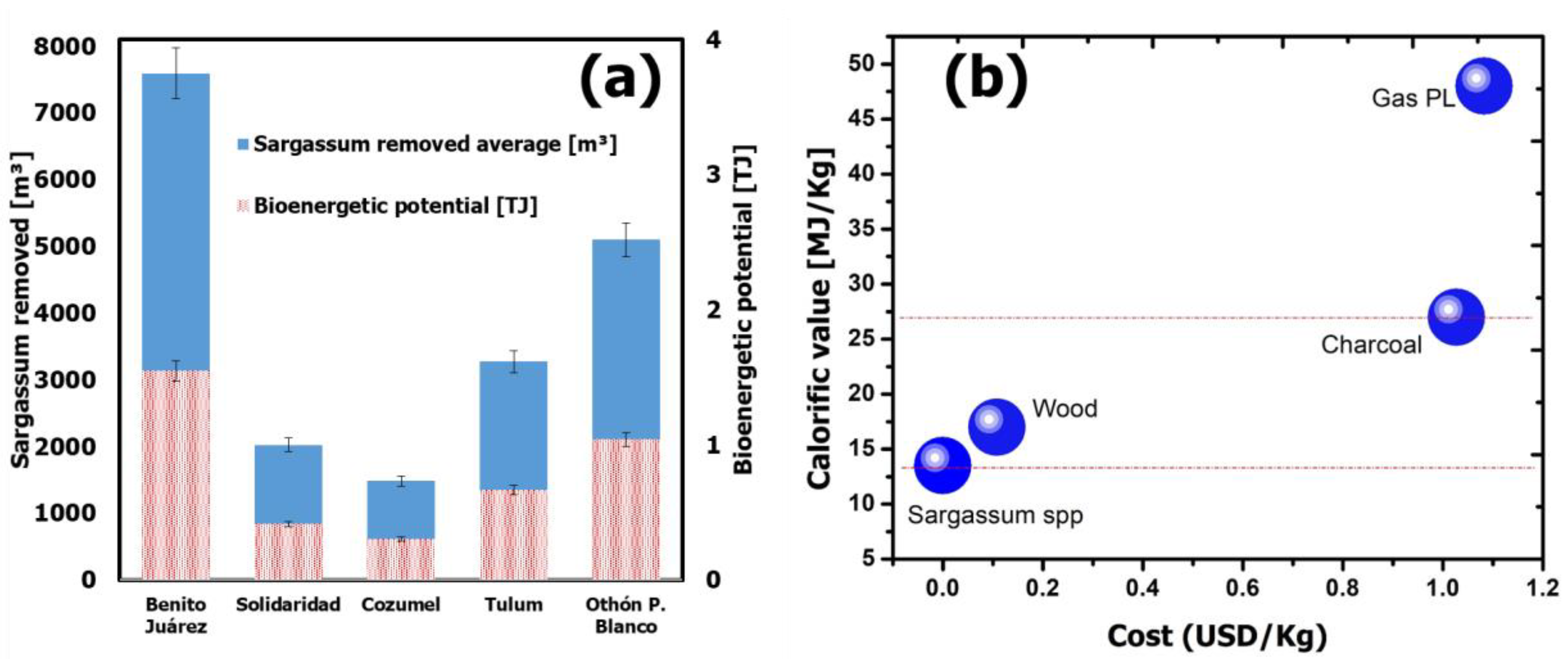

Source: Australian National Accounts: State Accounts. (a) Chain volume measure reference year 1999-2000. The sum of the eight GSPs is equal to Australian GDP.Īlthough GSP is a major influence on the material living standards of residents in a State or Territory, there are other influences such as Commonwealth government taxes and expenditures, and incomes transferred to or from other States or Territories and the rest of the world. Gross State Product (GSP) is the total value of goods and services produced in a State or Territory, after deducting the cost of goods and services used up in the process of production. Moreover, the past nine years or so represent the longest run of growth observed during the past thirty years.

The average annual growth rate in real per capita GDP between 1990-01 (2.4%) was appreciably above the average recorded since the early 1960s. The volume of goods and services produced in Australia (measured by GDP) is a major influence on material living standards.

This is discussed in the commentary Economic Disadvantage and inequality. At present, it is not possible to analyse how net national disposable income is distributed, but one can examine the distribution of household income. Growth in per capita income may be accompanied by changes in the equality of income distribution. In particular, changes in the relative prices of Australia's exports and imports (the terms of trade) affect national income. This commentary examines the ways in which the pace of output growth as measured by GDP (see box) varies across the States and Territories and between industries.ĭomestic economic events are not the only influence on material living standards. An assessment of Australia's progress is enhanced by understanding the patterns and influences that underpin the national indicator. The headline indicator - real net national disposable income per capita - contains important information about the nation's material living standards.


 0 kommentar(er)
0 kommentar(er)
